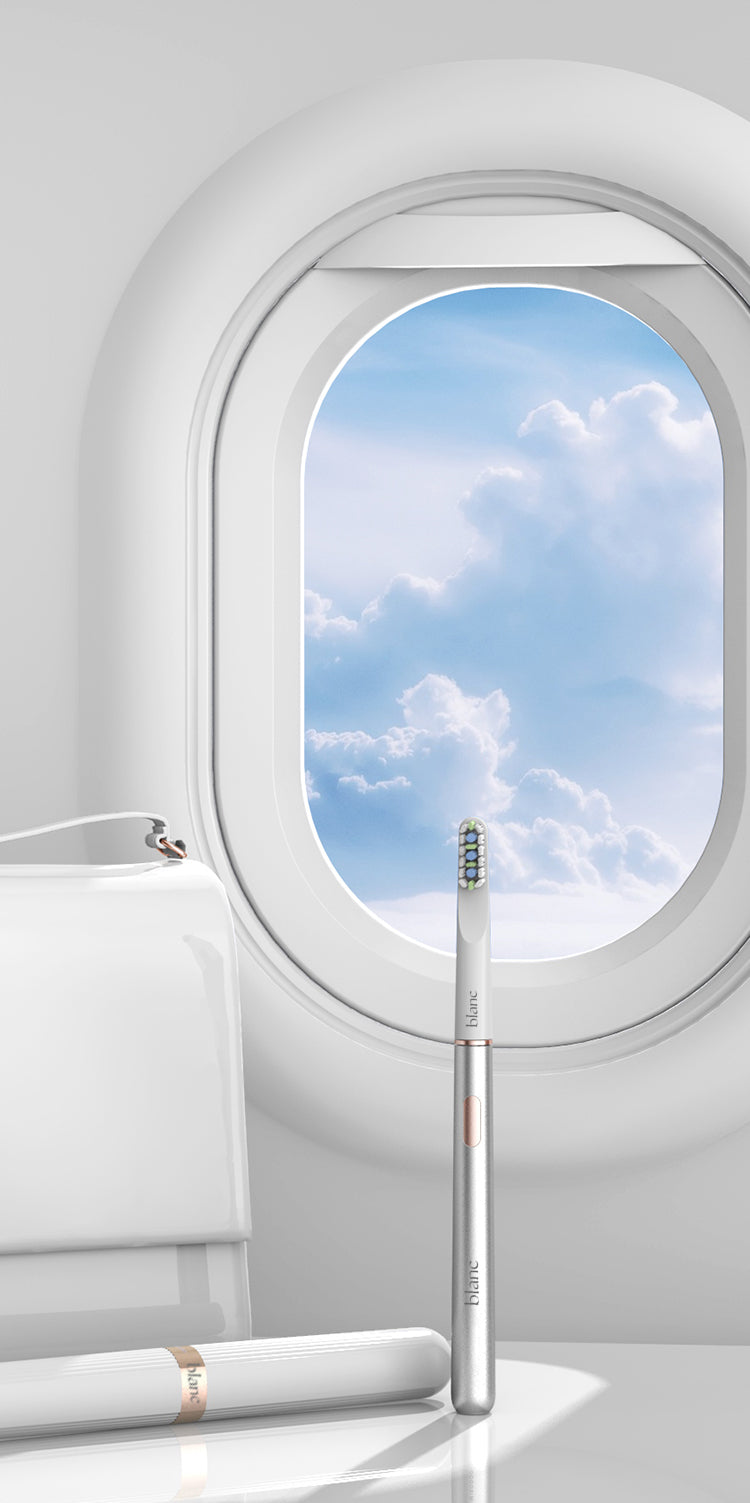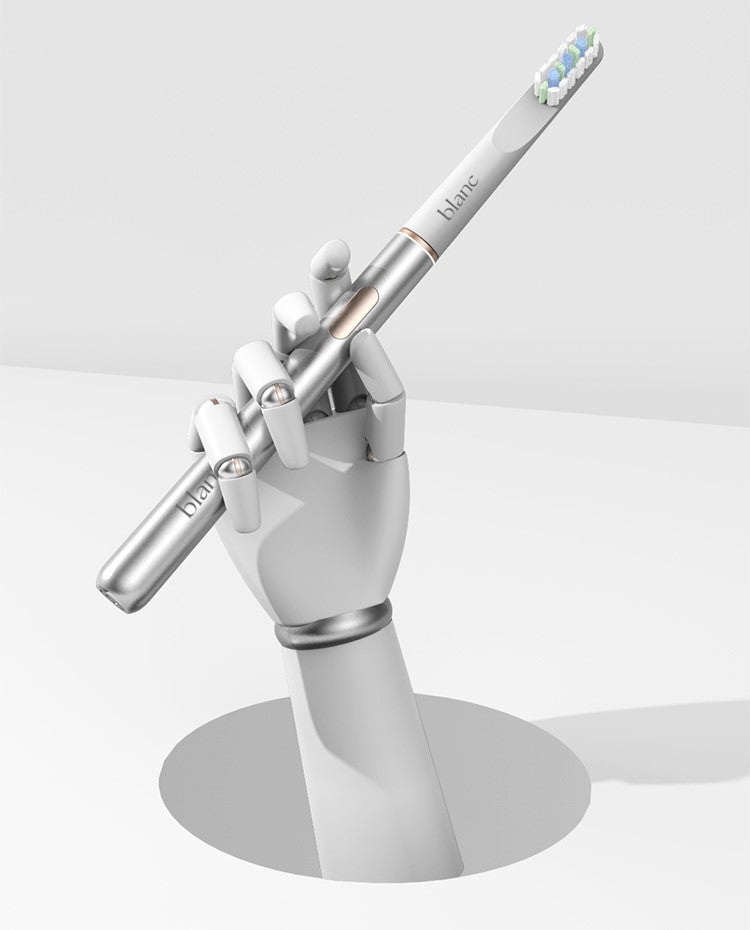People all over the world are learning the importance of cleaning their teeth thoroughly. Many believe that a hard toothbrush is most effective at removing stubborn plaque - similar to scrubbing a pan with an abrasive sponge. But there are good reasons why soft toothbrush bristles are better for dental health.
Brushing your teeth is all about breaking up and removing plaque. This biofilm, also known as plaque, mainly accumulates in the area between the teeth and gums. If we brush too hard, the gums can be damaged. To remove plaque thoroughly and protect the gums, we should therefore use a soft toothbrush.
Hard toothbrush bristles move plaque
The bristles of hard toothbrushes are often thick and not closely spaced, so they only "comb" the plaque superficially. Plaque traces remain and the plaque is not completely removed. After brushing with a hard brush, our teeth may feel clean, but the plaque is only pushed into hard-to-reach areas, where it can then cause tooth decay and inflammation.
To remove plaque thoroughly, we need a lot of soft bristles. With the ultra-soft 20,000-bristle toothbrush from Blanc, the bristles adapt perfectly to the shape of the tooth and remove the biofilm thoroughly, gently and, above all, effectively, even in hard-to-reach places.
A good toothbrush has a dense and soft brush head
It is not without reason that Blanc's soft toothbrushes are recommended by many dentists, dental hygienists and health experts. Blanc is causing a sensation in dental hygiene with its ultra-soft toothbrushes. Blanc toothbrushes are more gentle and effective than any other toothbrush on the market.
The head of the ultra-soft toothbrush consists of 20,000 thin bristles arranged in a dense bristle field. The bristle field is many times denser than conventional toothbrushes, which usually have between 500 and 1,500 bristles. This density ensures that plaque is removed evenly and thoroughly.
Professional tip: Brush at a 45° angle and without pressure
The ergonomic handle of the Blanc toothbrush ensures the optimal angle when brushing your teeth. The toothbrush should always be placed at an angle of 45° - half on the gums, half on the tooth. Then brush with a downward movement from the gums towards the tip of the tooth. The slight incline towards the gum line successfully removes bacteria and plaque from the space between the gums and teeth and brushes them away.
The most important thing to remember is that when brushing your teeth, only apply minimal pressure to your gums and teeth. Too much pressure is harmful and can cause injuries.
The Blanc bamboo toothbrush is not only gentle on your teeth and gums, but also environmentally friendly. With sustainable materials and careful manufacturing, you contribute to protecting the environment with every use.


